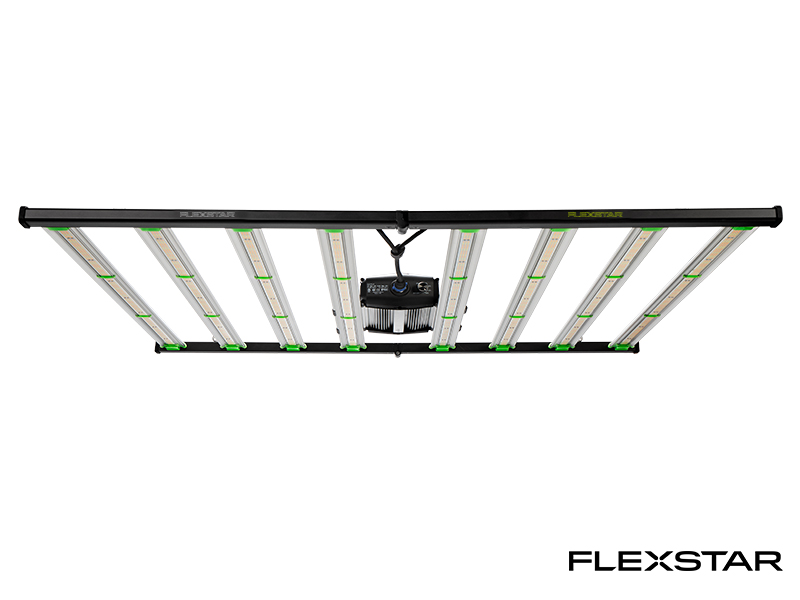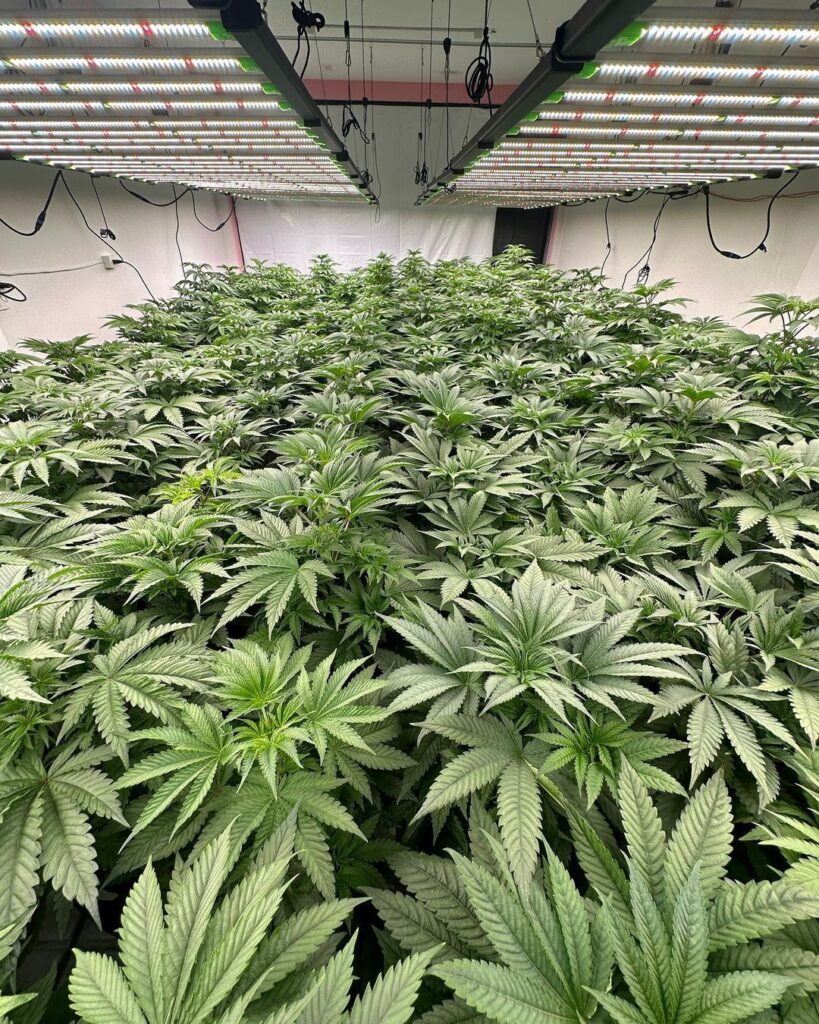Introduction
When it comes to growing plants indoors or in controlled environments, lighting is everything. Just like how the sun is crucial for outdoor plant growth, the right kind of artificial lighting can make or break your indoor gardening efforts. While there are many lighting options available, two of the most popular are High-Pressure Sodium (HPS) lights and Light Emitting Diode (LED) lights. Each of these lighting systems has its own strengths and weaknesses, but what if you could get the best of both worlds? That’s where the idea of mixing HPS with LED comes into play. This strategy can provide the perfect balance of light spectrum, energy efficiency, and temperature control for your plants.
1. Understanding HPS Lighting
1.1 What is HPS Lighting?
High-Pressure Sodium (HPS) lights have been a go-to choice for growers for decades. They work by sending an electric arc through a mixture of gases, including sodium, which produces a bright yellow-orange light. This type of lighting is particularly effective in the flowering stage of plant growth because it emits light in the red spectrum, which encourages blooming and fruiting.
1.2 Advantages of HPS Lighting
One of the biggest advantages of HPS lighting is its high output, making them suitable for applications that require bright illumination over large areas. In addition to being converted into light, part of the electrical energy is converted into heat, which helps increase indoor temperature, reduce the use of heating systems, regulate humidity on the surface of plants, and decrease mold growth. They also offer excellent light penetration, which is crucial for reaching lower leaves and branches in dense plant canopies. Additionally, HPS lights are relatively cost-effective, especially considering their long lifespan.
1.3 Limitations of HPS Lighting
However, HPS lights are not without their drawbacks. For one, they generate a significant amount of heat, which can be a problem in smaller growing spaces or in warmer climates. This excess heat may necessitate additional cooling systems, adding to your energy costs. Another limitation is that HPS lights primarily emit light in the red and yellow spectrum, which is great for flowering but less ideal for the vegetative stage of growth, where blue light is more beneficial.
2. Understanding LED Lighting
2.1 What is LED Lighting?
LED (Light Emitting Diode) technology has seen a surge in popularity in recent years, especially in the world of horticulture. Unlike HPS lights, LEDs work by passing a current through a semiconductor material, which then emits light. What makes LED lights particularly appealing is their ability to be customized for specific light spectrums, making them versatile for different stages of plant growth.
2.2 Advantages of LED Lighting
LEDs are incredibly energy-efficient, often consuming half the power of HPS lights for the same light output. They also produce much less heat, which can significantly reduce the need for additional cooling systems. This lower heat output allows you to place the lights closer to your plants, maximizing light exposure without risking heat damage. Moreover, the ability to fine-tune the light spectrum means you can provide the exact wavelengths your plants need at different stages of growth, leading to healthier plants and potentially higher yields.
2.3 Limitations of LED Lighting
The main downside of LED lighting is the initial cost. High-quality LED grow lights can be expensive, although prices have been steadily decreasing as the technology becomes more widespread. Another challenge is that LED lights tend to have lower light penetration compared to HPS, meaning they may not reach as deeply into dense plant canopies.
3. Why Consider Mixing HPS with LED?
3.1 Complementary Spectrum Coverage
One of the most compelling reasons to mix HPS with LED lights is the complementary spectrum coverage. HPS lights excel in the red and far red spectrum, making them perfect for flowering, while LEDs can be customized to provide blue light during the vegetative stage. By combining these two, you can cover the entire light spectrum that plants need throughout their growth cycle. This ensures that your plants receive the optimal light at every stage, leading to healthier growth and better yields.
3.2 Enhanced Energy Efficiency
Mixing HPS and LED lights can also lead to enhanced energy efficiency. While HPS lights are powerful, they are also energy-intensive. By integrating LEDs into your setup, you can reduce the overall energy consumption without sacrificing light intensity. This balance allows you to enjoy the benefits of both systems while potentially lowering your electricity bill.
3.3 Temperature Control and Heat Management
Another significant advantage of mixing these two types of lights is improved temperature control. HPS lights generate a lot of heat, which can be beneficial in colder environments where additional warmth is needed. However, in warmer climates or confined spaces, this heat can become excessive. By introducing LEDs, which produce very little heat, you can better manage the temperature in your grow space, creating a more stable and controlled environment for your plants.
4. Practical Applications of Mixing HPS with LED
The HPS lights promote dense, resin-rich flowers, while the LEDs support vigorous vegetative growth and enhance the overall quality of the crop. By leveraging the strengths of both lighting technologies, growers can optimize light conditions throughout the growth cycle, improve energy efficiency, enhance terpene profiles, and ultimately increase yields and profitability. Whether you’re cultivating cannabis on a small scale or running a large commercial operation, this hybrid lighting strategy allows you to maximize yield and potency.
5. Setting Up a Mixed Lighting System
5.1 Designing Your Layout
When setting up a mixed lighting system, the layout is crucial. You’ll want to strategically place the HPS lights where they can provide broad coverage, especially during the flowering stage. It should be noted that when mixing LED and HPS, they should be placed at the same height to avoid lamps blocking light.
5.2 Choosing the Right Equipment
Selecting the right equipment is key to a successful mixed lighting system. Look for high-quality HPS lights with a reliable ballast, durable construction and suitable HPS light type to achieve more uniform distribution and better mixing effect. For LEDs, choose lights that allow for spectrum customization and have a good reputation for performance and longevity. It’s also important to consider the compatibility of these lights, ensuring they work well together and do not interfere with each other’s operation.
5.3 Energy Consumption and Cost Considerations
While the initial investment in a mixed lighting system can be significant, the long-term benefits often outweigh the costs. By carefully planning your energy use and selecting energy-efficient models, you can reduce operating expenses over time. Additionally, the increased yield and quality of your plants can provide a return on investment that justifies the upfront costs.
6. Potential Challenges and How to Overcome Them
6.1 Managing Heat Output
One of the main challenges in a mixed lighting system is managing heat output. While LEDs help mitigate the heat produced by HPS lights, it’s still important to monitor the temperature in your grow space. Consider using fans, air conditioning, or ventilation systems to keep the environment within the optimal temperature range for your plants.
6.2 Balancing Light Intensity
Another challenge is balancing the light intensity to avoid issues like light burn. It’s essential to ensure that your plants receive enough light without being overwhelmed. Adjust the light intensity regularly (keeping all lamps at the same height throughout the process) and use light meters to monitor intensity, making sure your plants are thriving under the combined lighting system.
6.3 Budgeting and Initial Investment
The initial cost of setting up a mixed lighting system can be a barrier for some growers. To manage this, consider starting small by adding a few LED lights to your existing HPS setup. Gradually expand the system as your budget allows, and remember that the long-term savings on energy costs and the potential increase in crop yield can make the investment worthwhile.
Conclusion
In conclusion, mixing HPS and LED lights offers a powerful strategy for optimizing plant growth. By combining the strengths of both lighting systems, you can achieve a balanced light spectrum, enhance energy efficiency, and improve temperature control. Whether you’re growing in an indoor farm, greenhouse, or commercial setting, this approach can lead to healthier plants and higher yields. As technology evolves, the potential for mixed lighting systems will only continue to grow, making it a smart choice for the future of horticulture.




